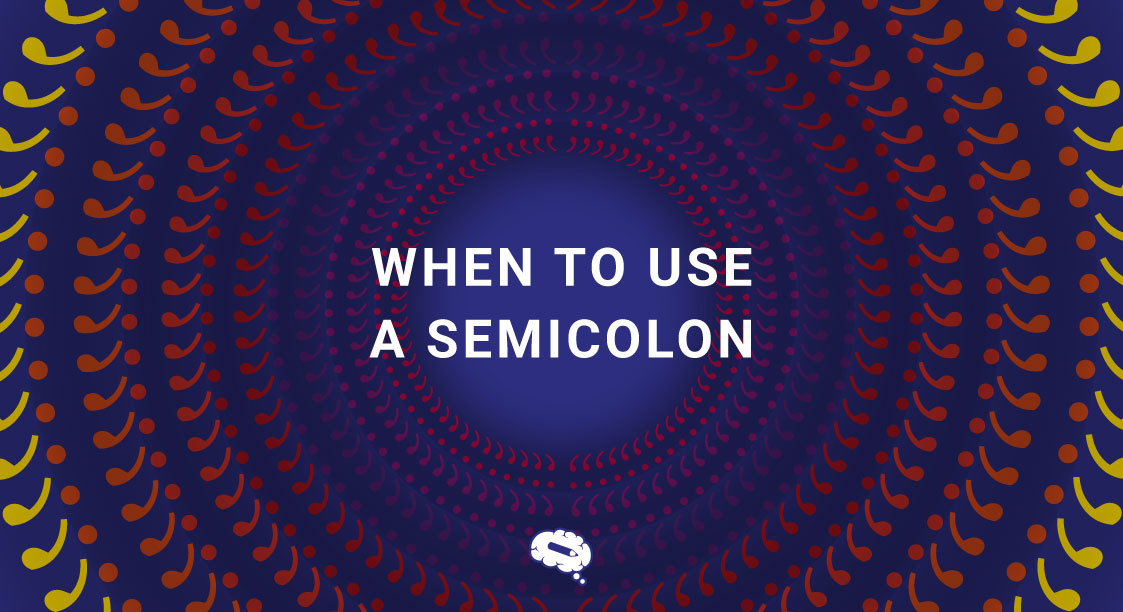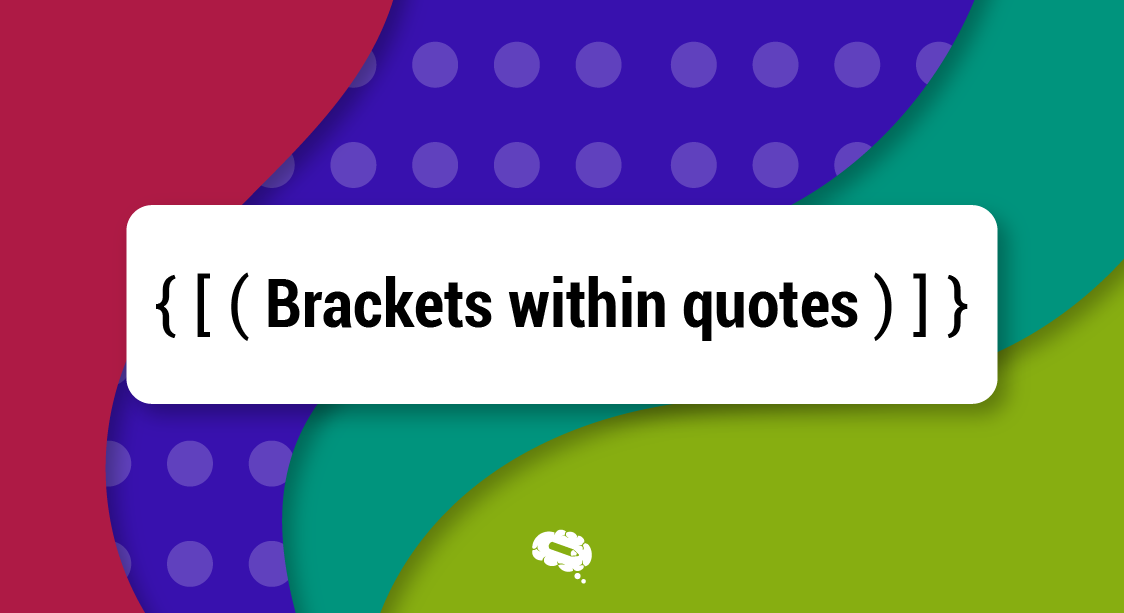Understanding the role of a semicolon in scientific writing is crucial for effectively conveying complex ideas and information. Mastering the use of a semicolon can enhance the clarity and precision of scientists’ and academics’ written work. By correctly utilizing this punctuation mark, researchers can connect related concepts, list items, or clarify relationships within their scientific documents. In this comprehensive guide, we will delve into the specific instances when a semicolon should be employed in scientific writing, providing valuable insights tailored to the needs of the scientific community.
Understanding Semicolons
General Meaning and Use of Semicolons
A semicolon is a punctuation mark that serves specific purposes in English grammar. Its primary role is to link closely related words or ideas that could stand alone as separate sentences but are better emphasized when connected. When using a semicolon becomes clear as it bridges two independent clauses without the use of a conjunction like ‘and’ or ‘but’. It’s a signal to the reader that the two clauses are intimately connected or that the second clause is a reinforcement or an illustration of the first. Moreover, a semicolon is used to separate items in a complex list, where individual list items contain commas. This ensures each unit is distinctly recognized within the series, maintaining clarity and preventing confusion. Understanding the general meaning and use of semicolons is essential for their proper application in scientific writing and beyond.
Importance of Semicolons in Scientific Writing
The precise use of semicolons in scientific writing cannot be overstated. Semicolons are particularly useful in this context for several reasons. They help in delineating complex lists of items, which are common in scientific materials, such as when listing multiple groups of data with internal punctuation. Additionally, they can clarify the relationship between two independent clauses when a conjunction is not used. This clarity is crucial in scientific writing, which often deals with complex, data-driven sentences that need to be presented with accuracy and nuance. Semicolons can also prevent misreading by creating a strong pause, which is less abrupt than a period but more substantial than a comma. This level of punctuation precision aids in the presentation of research findings, ensuring that the information is interpreted as intended. Overall, semicolons contribute to the overall readability and professionalism of scientific documents.
The Correct Use of Semicolons
Semicolons in Compound Sentences
When dealing with compound sentences, semicolons play a pivotal role. They are used to join two or more independent clauses together when the clauses are closely related in thought and a conjunction is not present. This use is particularly helpful when the clauses have internal punctuation, such as commas, that could lead to confusion. For instance, consider the sentence “The first phase of the experiment was successful; the results were beyond our expectations.” Here, the semicolon acts as a bridge, indicating a relationship between the success of the experiment and the surprising results. It is essential to remember that both sides of the semicolon should be able to stand as two complete sentences all on their own. If they cannot, then a semicolon is not the appropriate punctuation mark to use. Correctly using semicolons in compound sentences enhances the flow of scientific writing, making complex ideas more digestible.
Semicolons in Lists and Series
In lists and series, semicolons act as super-commas, providing clarity where items in the list contain internal commas. This is often the case in scientific writing, which includes complex data or descriptions. For instance, when listing multiple findings from different studies, semicolons can neatly separate these when each study’s finding includes a comma. An example of a complete sentence would be: “The study yielded three key findings: the first group, consisting of 25 participants, showed improvement; the second group, with 30 participants, showed no significant change; and the third group, involving 20 participants, exhibited a decline in symptoms.” Without semicolons, the list might become a jumble of numbers and outcomes, leaving the reader struggling to parse the information. By using semicolons, each element stands out clearly, ensuring that detailed and important information is communicated effectively and accurately.
Semicolons and Independent Clauses
Semicolons serve an important function when connecting independent clauses, especially when the clauses are thematically linked or when the second clause expands on or explains the first. This usage is beneficial in scientific writing, where complex ideas are often explored in a single sentence. It’s important to recognize when to use a semicolon between independent clauses: the rule is that both clauses should be able to stand alone as separate sentences. For example, “The experiment was deemed a success; the data corroborated our initial hypothesis.” Here, the second clause offers further explanation that is directly related to the first clause. The semicolon conveys a closer relationship between the two thoughts than a period would. It also provides a smoother flow than dividing the clauses into two separate, separated sentences, maintaining the reader’s focus on the interconnected nature of the statements.
Common Mistakes with Semicolons
Overuse or Underuse of Semicolons
A common pitfall in scientific writing is the overuse or underuse of semicolons, which can significantly affect the readability and professionalism of a document. Overusing semicolons can make text appear convoluted and can overwhelm the reader with excessive pauses. On the other hand, underusing them can result in long, run-on sentences that may confuse the reader and obscure the intended meaning. The key is balance and understanding the specific functions of semicolons. They should be used sparingly, reserved for situations that truly call for their unique ability to link closely related ideas or to organize complex lists. Writers should not replace all commas or periods with semicolons, nor should they avoid semicolons altogether. By using semicolons appropriately, authors can enhance the clarity of their writing and effectively guide their readers through complex scientific arguments and data.
Misplacing Semicolons
Misplacing semicolons is another error that can disrupt the flow of scientific writing. A semicolon must always be placed between closely related independent clauses, not between a dependent clause and an independent clause. Misplacement can occur when a writer uses a semicolon before conjunctions such as ‘and’, ‘but’, or ‘because’, which is incorrect. For instance, “The lab results were inconclusive; because the sample was contaminated” is incorrect because ‘because the sample was contaminated’ is not an independent clause. The correct punctuation would be a comma before the conjunction. Another common mistake is using a semicolon to introduce a list or explanation, which is the job of a colon. Writers must ensure that the semicolon is the right choice for the sentence structure they are using. Careful attention to the placement of colons and semicolons will result in clearer, more precise scientific communication.
Semicolons Vs. Commas: Major Differences
Understanding the major differences between semicolons and commas is essential to avoid common punctuation errors. While both semicolons and commas indicate a pause in a sentence, a semicolon represents a stronger pause and is used to separate closely linked independent clauses or complex list items. In contrast, a comma indicates a shorter pause and is often used to separate a dependent clause from an independent clause, or items in a simple list. For example, commas are appropriate in simple lists like “apples, oranges, and bananas,” but semicolons are required in complex lists like “Washington, D.C.; Paris, France; and Tokyo, Japan.” Misusing these punctuation marks can lead to confusion and misinterpretation of scientific texts. Commas are far more common than semicolons and should not be used interchangeably to replace commas. Recognizing when to use a semicolon instead of a comma is key to maintaining the precision required in scientific writing.
Practical Examples of Semicolons
Using Semicolons in Scientific Text
In scientific texts, semicolons enhance readability by effectively separating complex ideas that need to be closely linked. For example, when presenting research findings with multiple variables, a semicolon can be used to separate different data points: “The results showed a significant increase in growth rate for plants in condition A; however, condition B did not show similar results.” In scientific writing, it’s not uncommon to encounter compound sentences or phrases that convey a cause-and-effect relationship or contrast, and semicolons are perfectly suited for these scenarios without the need for conjunctions. Additionally, semicolons can organize items in lengthy or complex lists, such as different groups in a study with their specific outcomes. Using semicolons correctly in scientific text ensures that the information is presented with the intended emphasis and that complex relationships between ideas are clearly understood.
How Semicolons Enhance Sentence Clarity
Semicolons can significantly enhance sentence clarity by breaking up complex information into digestible segments without oversimplifying the scientific content. They allow writers to convey nuances and connections between different ideas without overloading the reader with conjunctions or creating a series of choppy, disconnected sentences. For instance, semicolons can clarify and explain the relationship between two outcomes: “The drug was effective in reducing symptoms; patients reported a decrease in pain and an increase in mobility.” This usage shows a direct link between the drug’s effectiveness and the patients’ reported outcomes, which might be lost if the sentence were split into two or linked only by a comma. In scientific writing, where precision is paramount, semicolons help to maintain the integrity of the data presented while ensuring that the intended message is conveyed with exactness and clarity.
Conclusion: Mastering the Semicolon
Steps to Ensure Correct Use of Semicolons
To ensure the correct use of semicolons in scientific writing, consider the following steps. First, verify that the semicolon is joining two independent clauses or two sentences that are related in context and meaning. If one of the clauses is dependent, then a semicolon is not suitable. Second, use semicolons to separate items in a list only if the items themselves contain commas. This will help distinguish each item clearly. Third, avoid using semicolons with conjunctions. If you find a conjunction like ‘and’, ‘but’, or ‘or’ after a semicolon, replace it with a comma. Fourth, read your sentence out loud to check the flow; a semicolon should represent a pause that’s longer than a comma but shorter than a period. Finally, sparingly use semicolons to avoid making your text difficult to read. Frequent pauses can disrupt the natural rhythm of your writing and may confuse the reader.
Recap on The Importance of Semicolons in Scientific Writing
In conclusion, the semicolon is more than just a stylistic word choice; it is a critical tool for clarity in scientific writing. Its ability to link related but independent clauses helps in presenting complex, compound sentences without confusion. In lists with intricate details, semicolons neatly separate items, ensuring precision in the representation of data. The semicolon’s role in maintaining the cohesiveness of thought cannot be understated. It is a bridge that connects related ideas, promoting a deeper understanding of the research findings or arguments being presented. Mastering when to use a semicolon can distinguish proficient scientific writing from the rest. It’s about enhancing the reader’s ability to grasp complex concepts and follow the logical progression of ideas. Remember, judicious use of semicolons can elevate the quality of scientific discourse by offering clear, concise, and well-connected sentences.
Elevate Your Research with Mind the Graph‘s Effective Visuals
Beyond mastering the use of passive voice, incorporating high-quality visuals is essential for impactful academic writing. Elements such as graphs, infographics, and illustrations can significantly enhance the comprehension and appeal of research papers by presenting complex data in a clear and visually engaging manner. These visuals help readers quickly grasp key points and concepts, making the research more approachable and engaging.
Mind the Graph provides specialized tools for creating professional scientific illustrations and infographics, designed to improve the presentation of research. With these tools, researchers can produce visually compelling and informative graphics that integrate seamlessly with their academic work. Mind the Graph ensures that visuals are not only scientifically accurate but also aesthetically pleasing, helping researchers communicate their findings more effectively and persuasively.


Subscribe to our newsletter
Exclusive high quality content about effective visual
communication in science.




